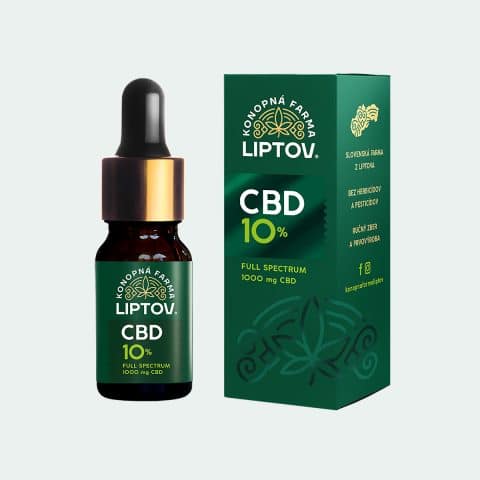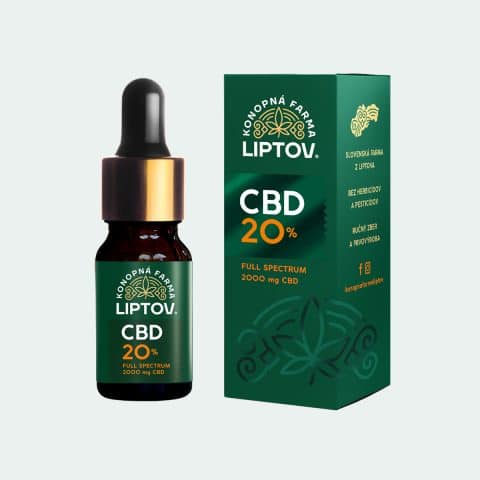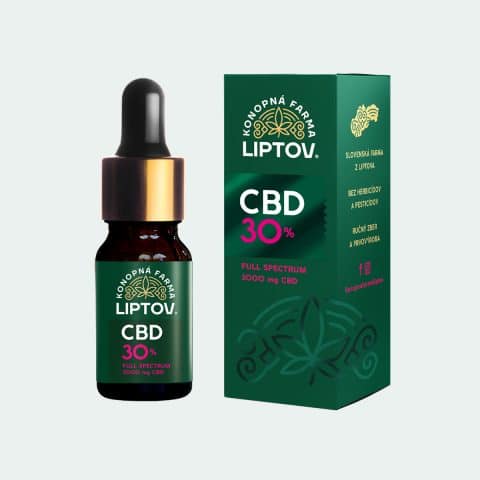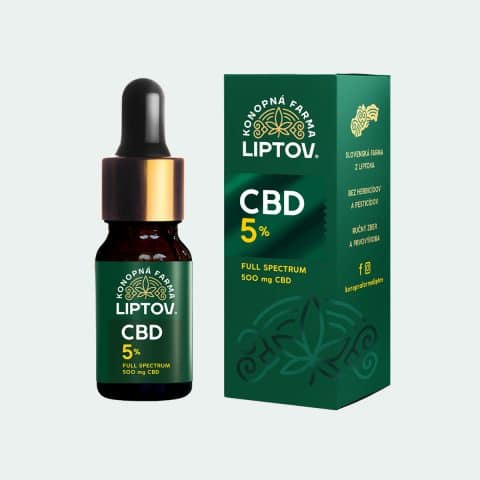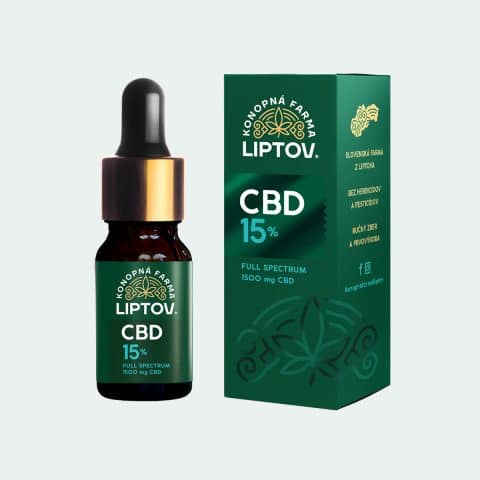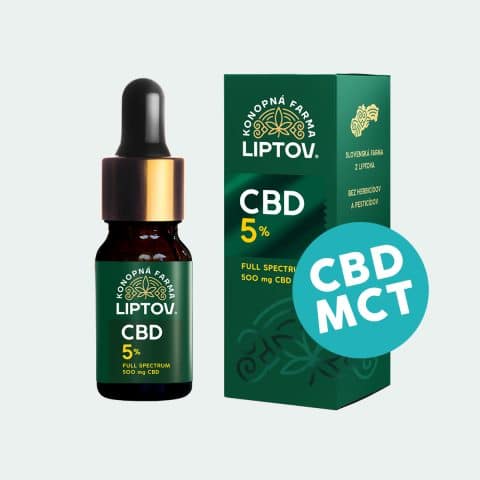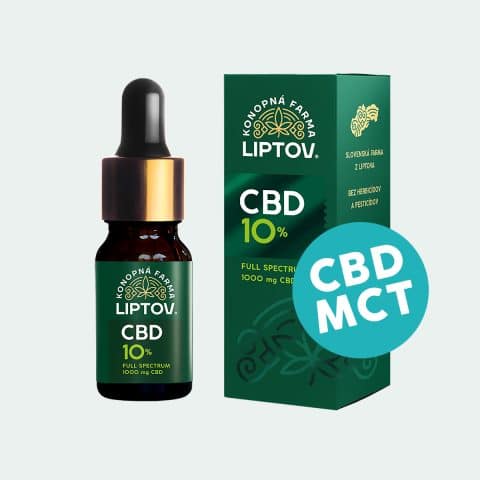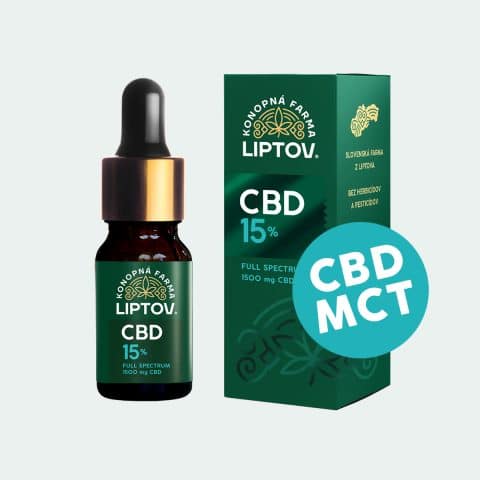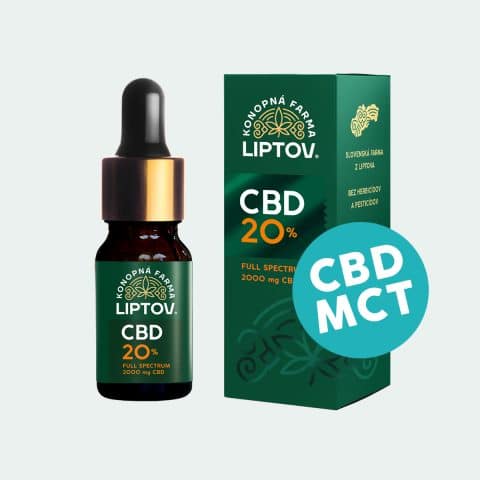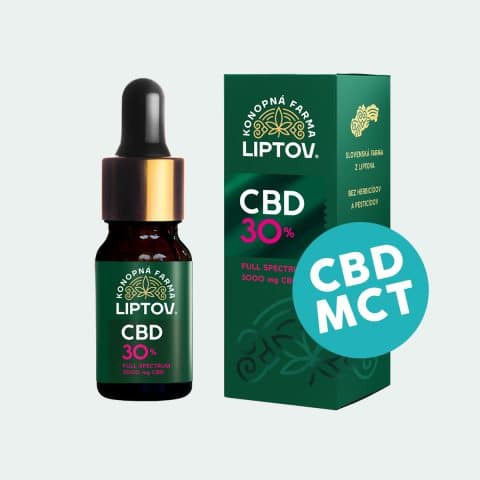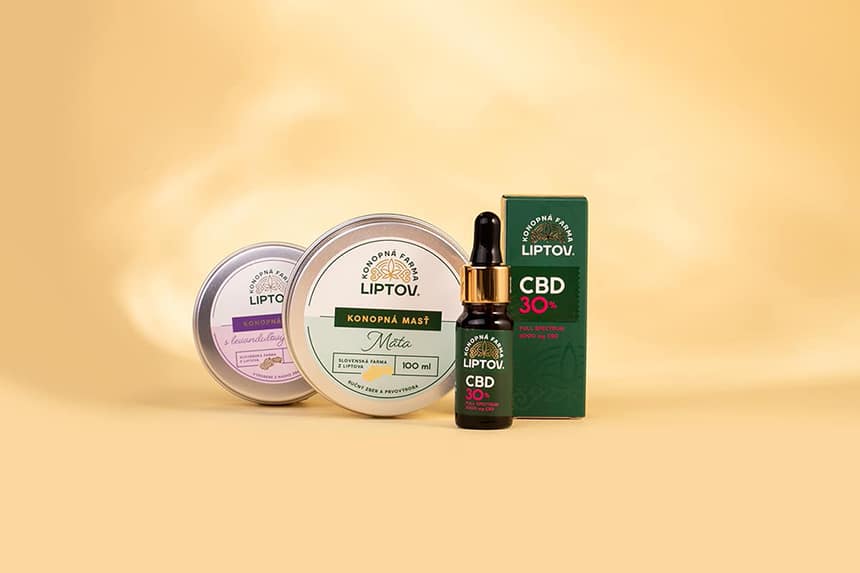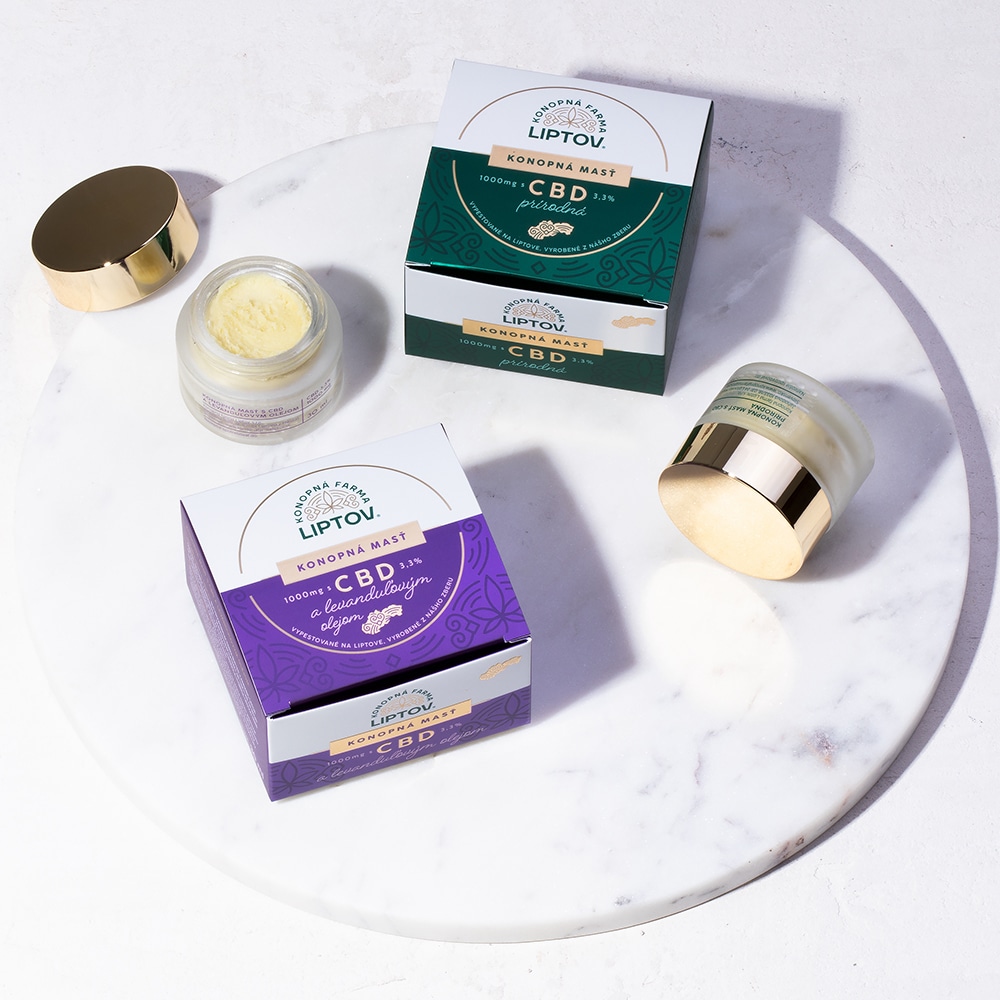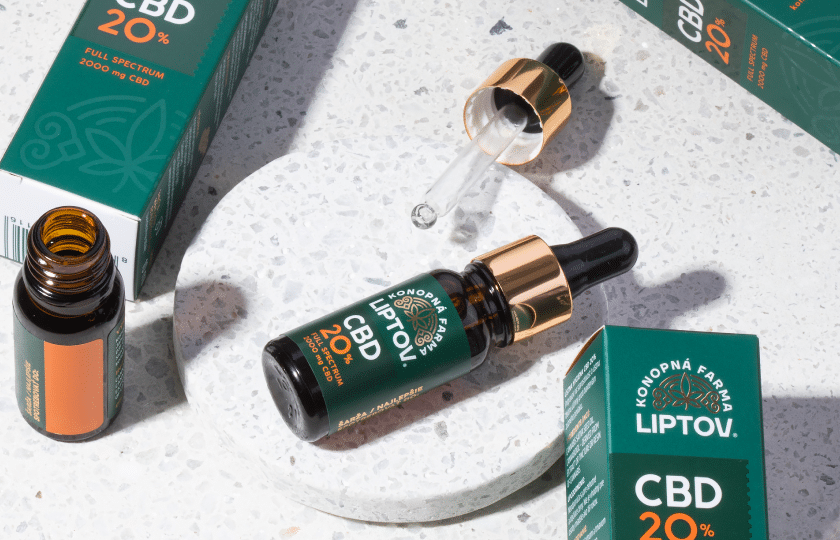
What is CBD and why
do we use it?
CBD
The abbreviation CBD is, so to speak, already quite well known. You may also know it as cannabidiol or cannabidiol.
Although CBD has still not caught on with some people and its positive effects on the human body are viewed with scepticism, cannabidiol is a great nutritional supplement for many health problems. However, if you haven’t come across the term yet or want to learn more about cannabidiol, then this article is for you. We’ll give you a history, a general overview, the positive effects of CBD on the human body, and much more interesting information.
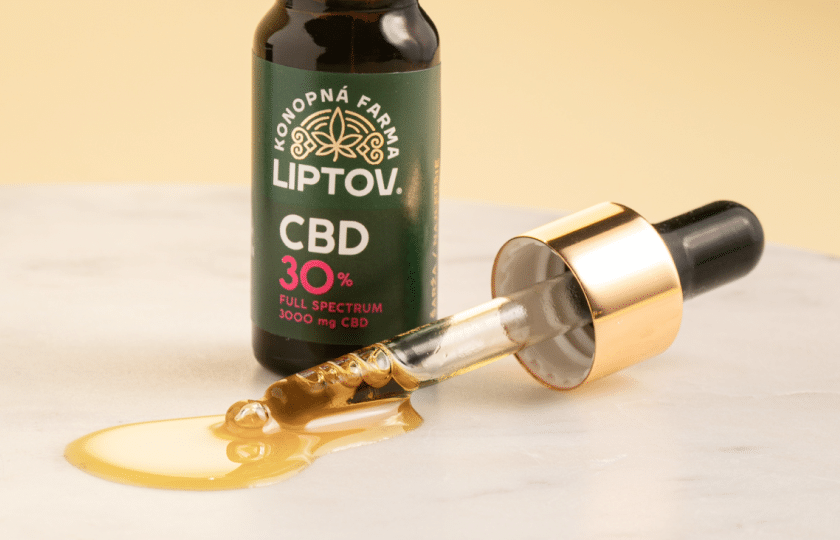
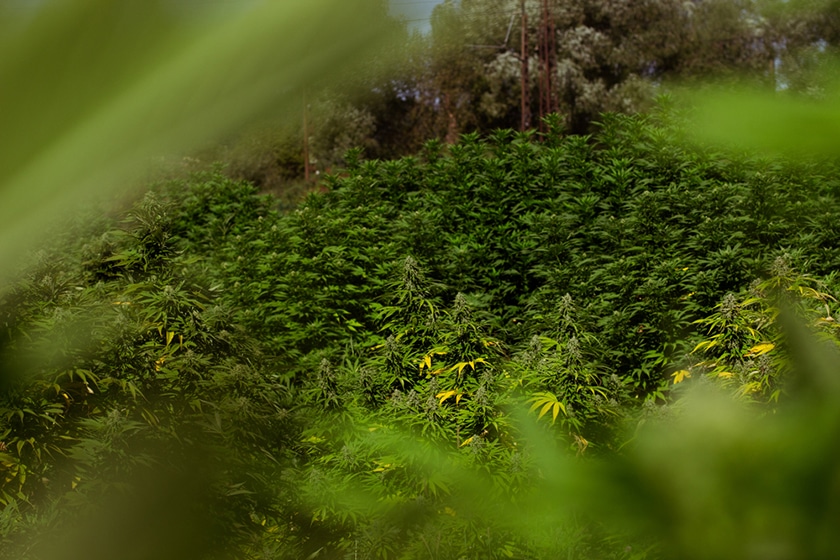

History of CBD
The hemp itself, from which CBD is extracted, dates back to very ancient times before BC, when it was used to make various sheets, ropes and the like. Later it found its way into folk medicine in China and India. However, the effects of CBD were not yet known.It took many, many years for them to discover it, which is hard for us to imagine. And so we come from BC to 1940. In that year we had such a significant breakthrough when a chemist working at Harvard, named Roger Adams, extracted cannabidiol from the cannabis plant. However, he was completely unaware of his breakthrough discovery. It must have taken several years for him and other scientists to figure out that they had discovered CBD in the 1940s. And so the research on cannabidiol began.
In 1981, scientists discovered that it had anticonvulsant effects (reducing the intensity of epileptic seizures) and began to consider it as a potential cure for these diseases. Between 1982 and 1998, it was first found to have positive effects on anxiety, psychosis and is also a powerful antioxidant.
In the first decade of the 21st century, scientists have come to understand more thoroughly how CBD works in our bodies, noting its effects on nausea or its ability to minimize the effects of THC. Interactions of CBD with serotonin or positive associations with heart health, blood pressure and body temperature have also been found. In 2005, it was found that CBD may help kill cancer cells in breast cancer, further increasing interest in CBD as a potential cancer cure. In 2014, studies confirmed that it can effectively treat acne due to its anti-inflammatory and antibacterial effects. Clinical or animal studies have also described the positive effects of CBD in treating tobacco addiction, chronic pain, or problems with anxiety and insomnia.
Research on CBD continues to this day, as various studies are still being conducted to find out as many positive health effects as possible.
What is cbd? (cannabidiol)
CBD stands for cannabidiol and it is one of the most well-known cannabinoids found in the cannabis plant. They are chemical compounds that are not only found in the cannabis plant, and so far approximately 10 to 15 different cannabinoids have been identified, which are mainly formed in the female flowers. The amount found in the plant is predetermined genetically, but is also influenced by the environment in which the cannabis plant grows. They occur naturally in the plant in the form of carboxylic acids, which is why, for example, CBD (cannabidiol) is referred to as CBDA. They also contain carbon dioxide. When heated or when enough energy is received to split off the CO2 group, a ‘neutral cannabinoid’ is produced, which in this case is CBD. This process is called decarboxylation.
CBD has a similar chemical structure to another, perhaps even better known, cannabinoid, THC (delta-9-tetrahydrocannabinol), but differs significantly in its properties.
CBD is the second most abundant substance in cannabis after THC. A very important thing to say about cannabidiol is that it does not induce a state of euphoria and intoxication, but rather has an antipsychotic effect. Cannabidiol has attracted the attention of scientists and society primarily because of its potential therapeutic effects, which can be achieved without the side effect of ‘getting high’. CBD can be found in various forms and taken as CBD oil, extract, but also in the form of capsules, patches, CBD ointments, tinctures, vapes or teas. Basically, a person has very many ways to take CBD into their body, but these forms of taking cannabidiol into the body also differ in the time it takes for the effects to take effect.

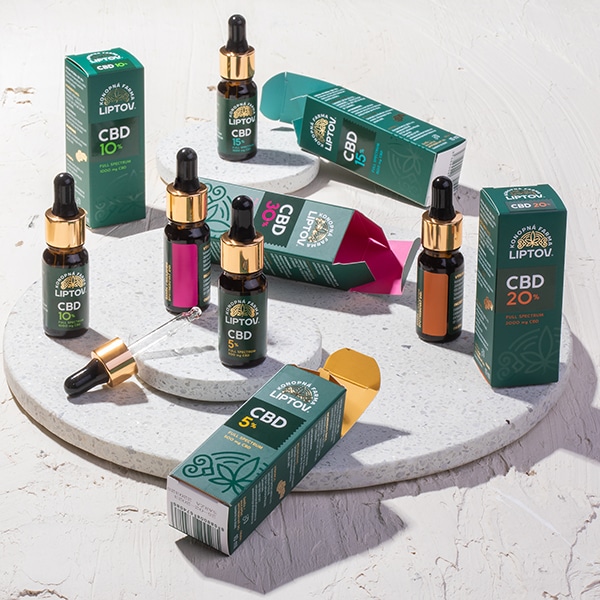
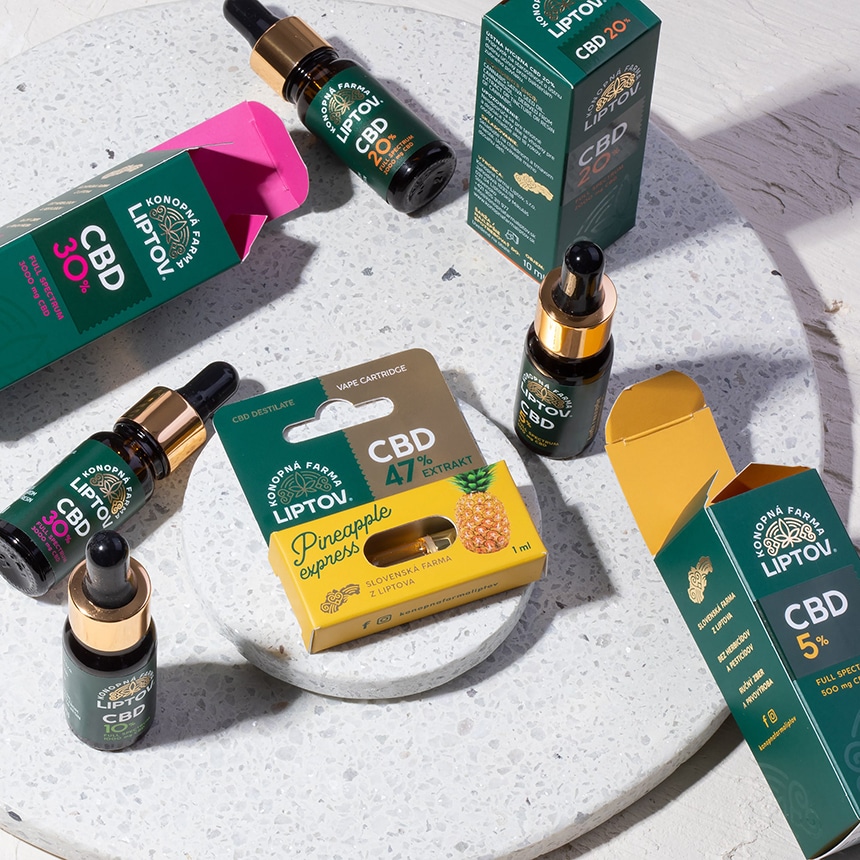
CBD in conjunction with the endocannabinoid system (ECS)
To understand how CBD affects our body, we must also mention the endocannabinoid system. There is an endocannabinoid system in our body with receptors distributed throughout the body. It consists of three parts, which are the receptors, the endocannabinoids and the enzymes responsible for the synthesis and degradation of the endocannabinoids. The receptors have a special shape that allows only certain compounds to bind to them. It’s a bit like a lock and key. If the right compound binds to the receptor, the receptor is activated and passes the signal on. The endocannabinoid system has CB1 and CB2 receptors. CB1 receptors are primarily found in the brain, where they control emotions, memory, learning, movement, or feelings of pain, while CB2 receptors are scattered throughout the body and work primarily with the immune system, making them an important factor in the fight against inflammation. However, CBD does not only interact with the receptors of the endocannabinoid system in the body, but also with adenosine, serotonin or vanilloid receptors.
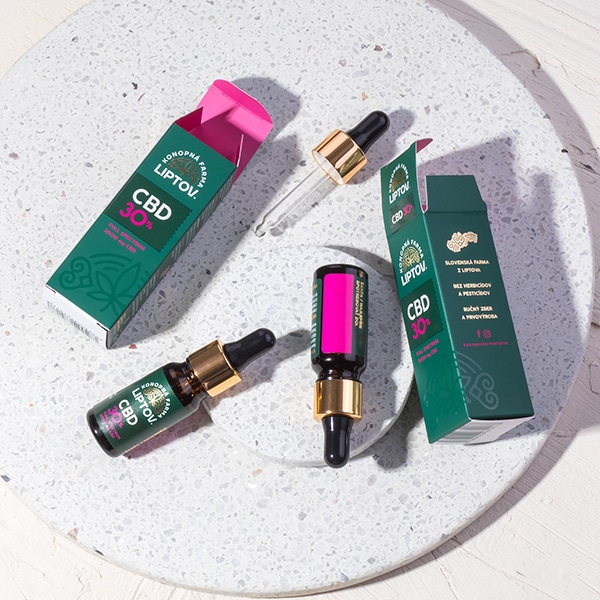
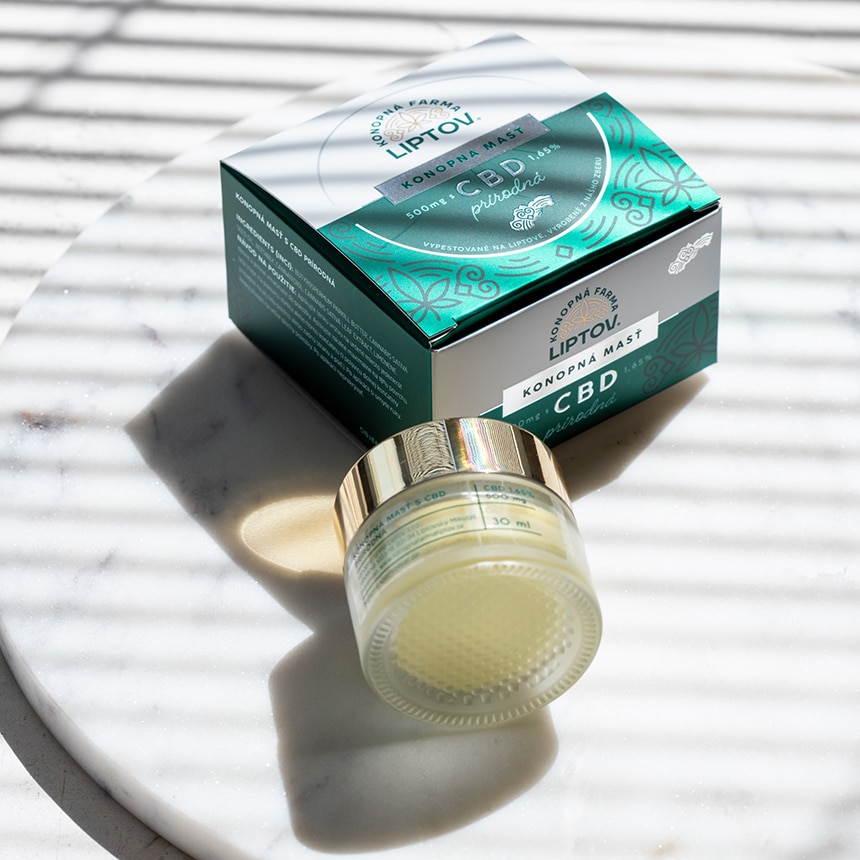
How does CBD work and act?
Cannabidiol (CBD) and the endocannabinoid system (ECS) are regulatory mechanisms in the body that are key players in maintaining homeostasis and physiological balance in a fascinating symbiosis. The ECS, which consists of receptors, endocannabinoids and enzymes, interacts with CBD through complex biochemical mechanisms, forming a complex web of reciprocal regulation.
Receptors in the endocannabinoid system, specifically CB1 and CB2, are involved in the regulation of many biological processes. For example, CB1 receptors are most abundant in our central nervous system and, on the other hand, CB2 receptors are found predominantly in peripheral tissues and cells of the immune system. Although CBD does not bind directly to these receptors, it affects their activity through several concurrent mechanisms.
In the endocannabinoid system itself, CBD acts as a modulator that helps maintain balance in the human body. The effect of cannabidiol on the ECS can operate at different levels. The anti-inflammatory effects of CBD are related to the modulation of the activation of CB2 receptors found in immune cells. CBD can thus interfere with inflammatory processes and help keep our immune system in balance.
The effect of CBD on the central nervous system is also significant, as it has potential antidepressant and anxiolytic properties.
CBD also affects other processes and things in our body, so let’s talk a little more about what all this great cannabidiol can help you with.
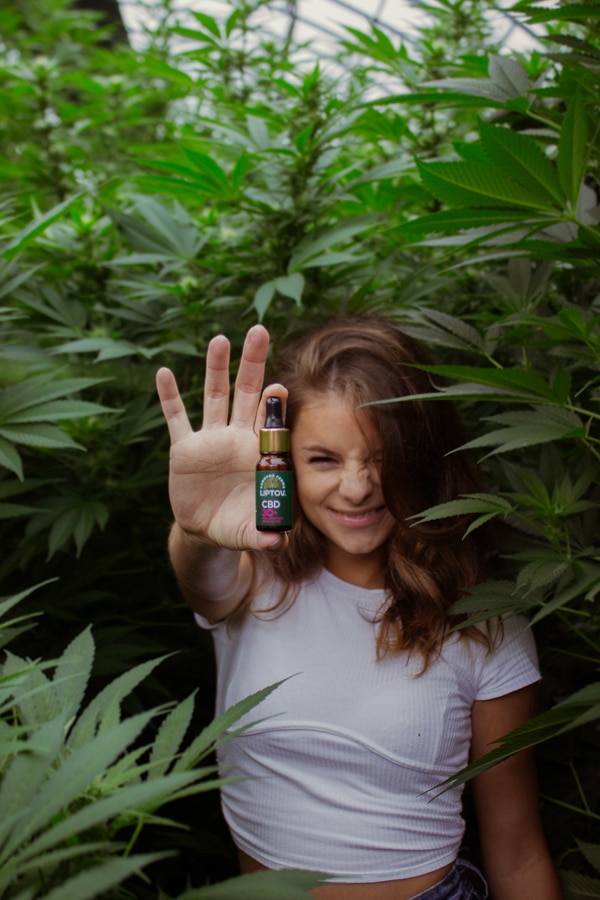
CBD and its effects on human health
There are many health effects associated with CBD that could help in some way with health problems or act as a supportive treatment to conventional treatment of disease.
Some of the most common effects of cannabidiol include:
- Anticonvulsant effect that should help with epilepsy and seizures.
- CBD’s anxiolytic and antidepressant effects on the body, which help fight anxiety and depression.
- The analgesic effect through which cannabidiol fights various inflammations in the body.
- It has analgesic effects
- It also combats psychoses.
- Thanks to the antioxidant effects of cannabidiol, it also helps fight neurodegenerative disorders.
- It fights tumor and cancer cells.
- Helps with epileptic seizures
- Helps with insomnia.
- CBD is also good for various skin problems and the like.
CBD as an aid for epilepsy
The most validated and convincing evidence for the efficacy of cannabidiol to date has been obtained in the treatment of certain epileptic syndromes, namely Dravet syndrome and Lennox-Gastaut syndrome (LGS). In these forms of the disease, conventional antiepileptic drugs often do not respond adequately. In several research studies, CBD has been shown to cause significant changes in the frequency of epileptic seizures and, in some cases, even their complete cessation. These scientific findings point to the promise of cannabidiol in the treatment of specific neurological disorders.
Neurodegenerative and psychological problems
Neurodegenerative diseases are often associated with psychological problems such as depression, anxiety or restlessness, leading to a deterioration in the quality of life of those affected. CBD-based therapies are now replacing traditional psychotropic drugs or are being combined with conventional therapies. Research has shown their beneficial effects on cerebral circulation and, in particular, their antidepressant and anti-inflammatory effects, while also contributing to the alleviation of restlessness. These remarkable properties of CBD open up new perspectives in the treatment of neurodegenerative diseases, with an emphasis on improving the overall mental and physical well-being of patients.
Cannabidiol in the fight against insomnia
Cannabidiol is also gaining attention for its possible use in alleviating insomnia. CBD affects the sleep cycle through its interaction with the endocannabinoid system. Its ability to reduce anxiety and stress has also been demonstrated. These two factors have a very large impact on human sleep, so reducing them can help address insomnia.
Fight against pain
Many people suffer from various pains caused by different factors. And it is these pains that motivate people to start taking CBD. In some parts of the world, there are even approved CBD-containing medications that are commonly prescribed to people to treat pain. These drugs are mainly used for joint diseases, nerve damage, migraines or cancer.
One of the attractive aspects of using cannabidiol for pain is its relative safety compared to some strong analgesics, which can cause side effects and addiction. Many people turn to CBD to relieve pain associated with chronic illnesses.
Heart healthy and cholesterol lowering
Various studies also suggest that CBD may have a positive effect on the cardiac system and contribute to lowering cholesterol levels. The endocannabinoid system plays an important role in regulating various bodily functions, as we have already mentioned, including those related to the heart.
Cannabidiol also has the ability to lower blood pressure, a key factor in maintaining a healthy heart rhythm. In some cases, CBD can also help in restoring balance in the endocannabinoid system, thus aiding in overall heart health.
When it comes to cholesterol, studies show that CBD may have anti-inflammatory effects and help control blood lipid levels. In this way, it can help prevent the formation of atherosclerotic plaques that can lead to heart disease.
CBD for skin problems
The skin is the largest organ of the human body and even skin problems have shown positive results after taking CBD. This is because cannabidiol has anti-inflammatory effects and is also known for its lipophilic nature. The lipophilic nature means that it promotes very fast absorption into the skin and its different layers. In addition to CBD’s anti-inflammatory properties, it also has antioxidant and antibacterial properties. However, it is these properties that contribute to cannabidiol’s very wide application in the treatment of skin conditions.
The benefits of this alternative form of treatment are manifold and include several methods of application. For example, CBD products can be administered orally(CBD oil) or topically(CBD ointment) to the affected areas. Patients are thus able to choose the optimal form of application.
Cannabidiol is most commonly used for skin problems such as psoriasis, eczema, acne or wound healing.
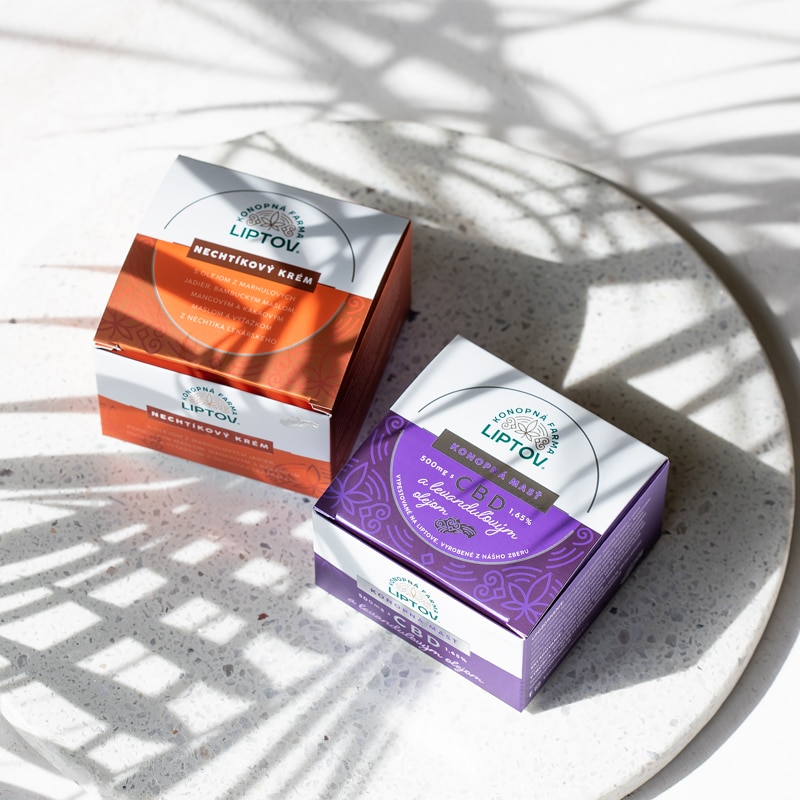
Did you know that cannabidiol also helps with menstruation?
Some data suggest that millions of women around the world face daily challenges that significantly affect their overall well-being and quality of life. And these challenges generally include menstruation. Increasingly, these women are turning to the use of CBD to achieve a number of positive effects. The main reasons include improving mood, balancing hormones, optimizing gut flora, promoting a healthy sex life, and most importantly, relieving pain associated with menstruation.
Menstruation in most women is often accompanied by painful cramps, bloating and other unpleasant sensations. For many women, this poses a real challenge because functioning with pain is very difficult and uncomfortable. In this context, CBD is proving to be a promising option that can provide a natural alternative to traditional methods of managing these symptoms, for example, they are a great alternative to traditional over-the-counter painkillers.

What forms of CBD are there?
Currently, there are several variants of CBD-containing products on the market that are used for alternative treatments for problems. These forms include full-spectrum, broad-spectrum, and isolated CBD, which we’ll discuss below.
CBD isolate
CBD isolate represents the purest form of cannabidiol without the presence of other compounds found in cannabis, such as THC. This type of CBD is obtained by an extraction process that removes all other cannabinoids, terpenes, flavonoids and other substances that may be present in the cannabis plant. The result is a clear powder or crystals with a high concentration of pure cannabidiol that is odourless and tasteless.
As mentioned earlier, this form of CBD contains no traces of THC. And since there are still a very large number of people who are wary of taking CBD because of the trace amounts of THC, the isolate is an excellent choice for such people.
Full spectrum CBD
Full-spectrum CBD, also known as full-spectrum CBD, is a form of cannabidiol that, as the name suggests, encompasses the full spectrum of substances present in cannabis. It contains cannabinoids, but also terpenes, flavonoids, minerals and other substances found in the cannabis plant, including THC. However, the THC content of full-spectrum CBD should be in line with legal standards and is usually less than 0,3 %, which minimises psychoactive effects.
The main characteristic of full-spectrum CBD is its ability to retain the ‘entourage effect’, or entourage effect, which is its main characteristic. This effect means that the different compounds in cannabis act synergistically, and this increases the potency of cannabidiol.
Broad-spectrum cannabidiol
Like full-spectrum CBD, broad-spectrum CBD contains other compounds from the cannabis plant, mainly terpenes. However, this type of CBD has one major difference from full-spectrum CBD, and that is that it does not contain THC. The advantage of this approach is the elimination of potential side effects associated with THC, but the disadvantage may also be lower potency, as THC and CBD often act synergistically. Broad-spectrum CBD represents a less well-known option. However, it is a very popular product for people who frequently go for drug tests, for example because of their job function, or for people who are concerned about even trace amounts of THC.
Is CBD safe?
Taking CBD is considered very safe as long as the maximum daily dose is followed, just like with any dietary supplement, vitamin or medicine. The maximum safe dose is considered to be 1500 mg of CBD per day. One of the risks of taking CBD is combining it with other medications. This is because CBD reacts with the liver’s p450 enzyme, which is responsible for breaking down drugs. However, cannabidiol can inhibit the activity of this enzyme, which will prevent the drug from dissolving and increase the amount of it circulating in the blood. This effect is also called the “grapefruit effect” because grapefruit juice also has this property. Side effects may include nausea, dizziness or irritability, but it is possible that these effects are caused by other drugs taken with CBD. However, no study or report has yet been published on the health problems associated with taking pure CBD.
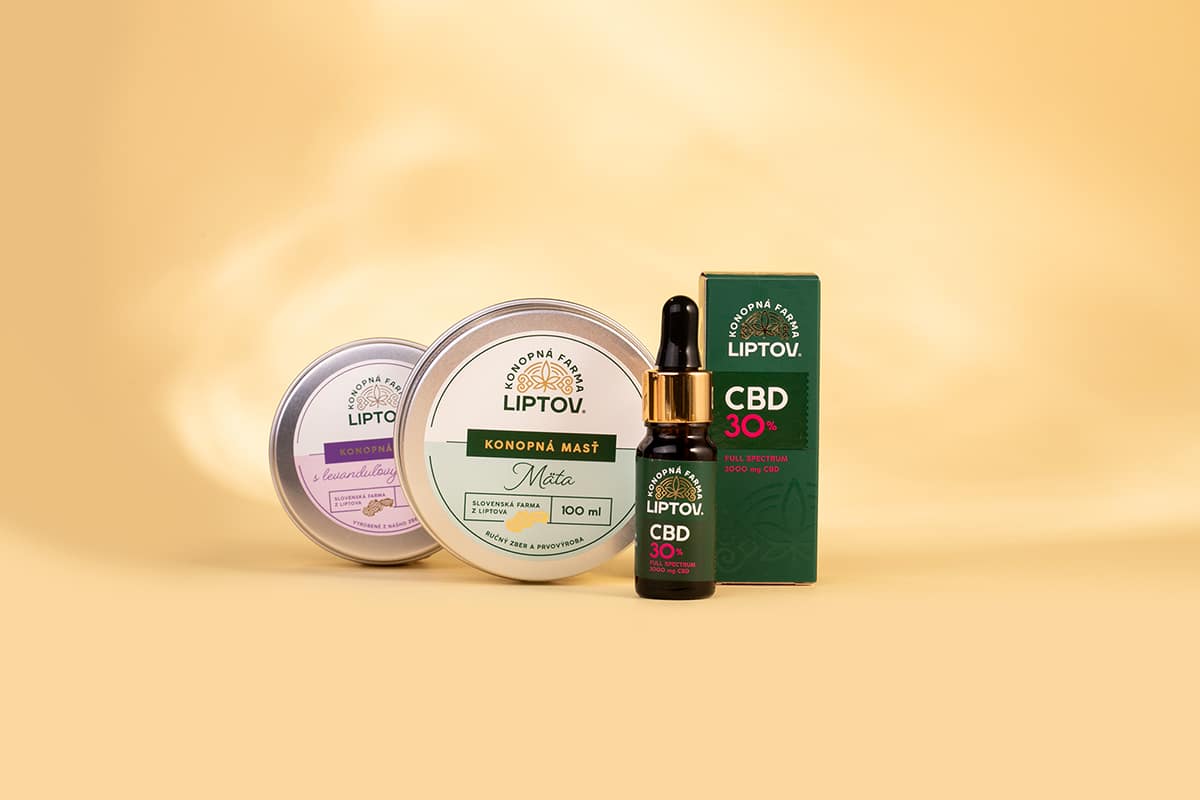
Cannabidiol and its side effects
Rather, CBD or cannabidiol is associated with many confirmed or even potential positive effects on human health. Of course, like other drugs, they have their pluses and minuses. CBD also has its downsides, but these side effects are not at all severe compared to other drugs. In general, cannabidiol seems to be fairly well tolerated. Therefore, we will also introduce you to the possible side effects that some people have encountered when taking CBD.
- The first side effects include the fact that some people had an increase in appetite and the other group had a decrease in appetite.
- Also, some people perceived excessive appetite.
- CBD generally lowers blood pressure, which is why this side effect is such a negative for people who suffer from hypotension.
- Other negatives include drowsiness or sleepiness, but for people who have a problem with insomnia, this effect is again only positive.
- For example, some people experience abdominal pain and nausea.
However, none of these side effects are severe and, as we have already mentioned, CBD is generally very well tolerated.
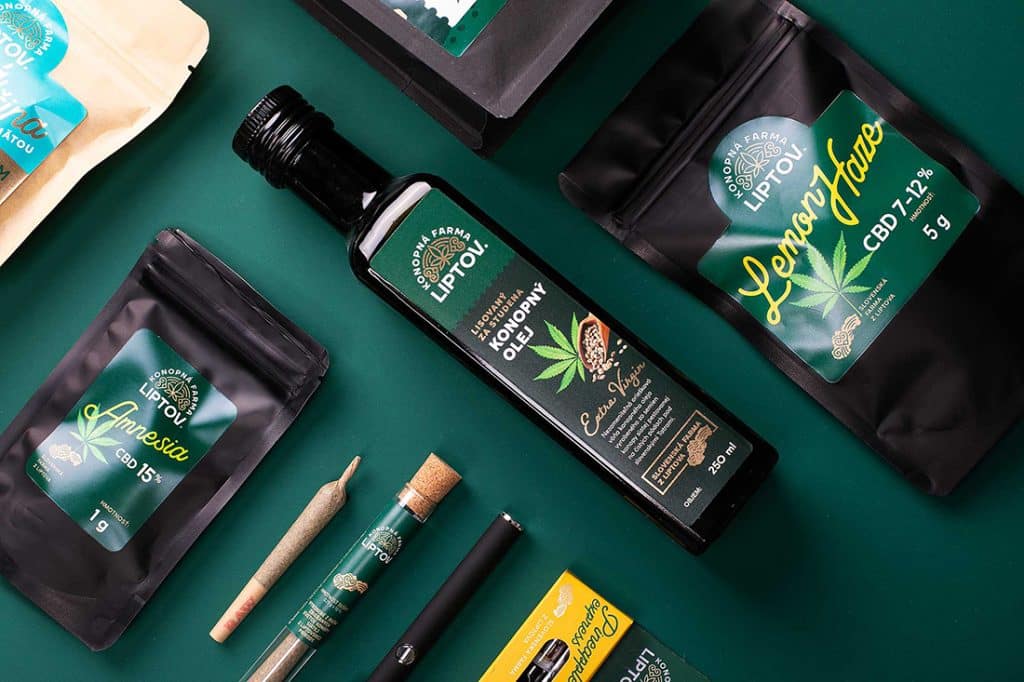

Is CBD addictive?
In recent years, a lot of scientific research and studies have been carried out on CBD (cannabidiol), as CBD itself and its effects are not yet 100% known. However, based on the studies carried out so far, there is no evidence to even suggest that cannabidiol (CBD) can build up and develop dependence. The World Health Organisation has summarised its findings on this issue in a specific statement: “For CBD users, it has no effects that would suggest a potential risk of abuse or development of dependence.”
On the other hand, a growing body of research in recent years is increasingly convincing that cannabidiol may have the opposite effect, as it is characterised by antipsychotic effects. And it is this that suggests its ability to slightly reduce the potential for addiction or even help in the treatment of addictions, whether to alcohol or other hard drugs.
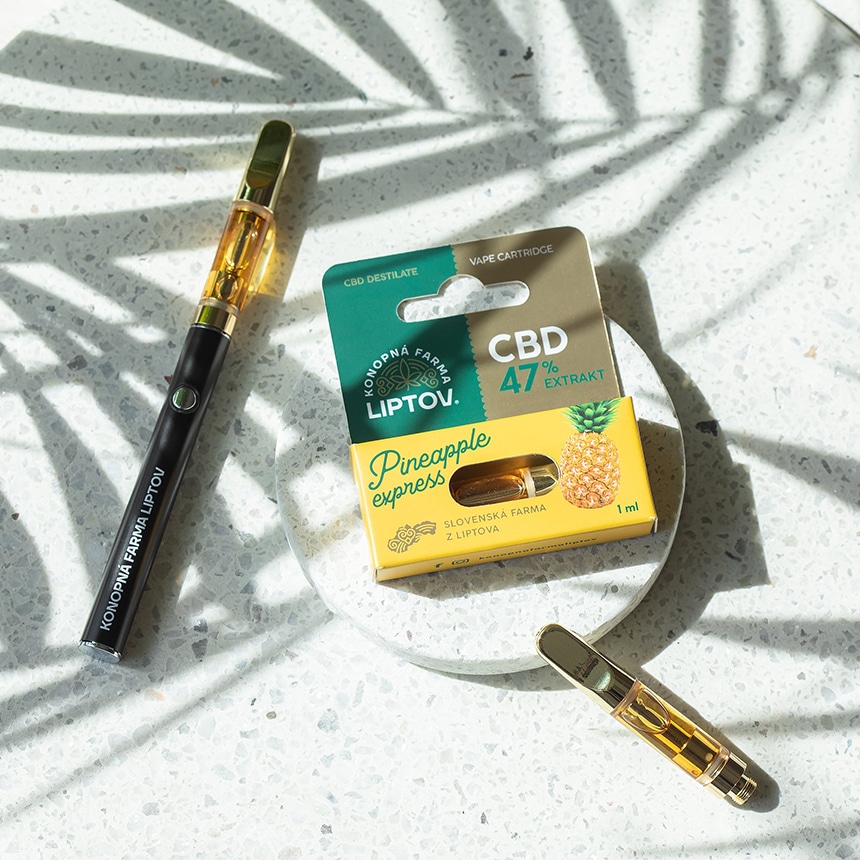
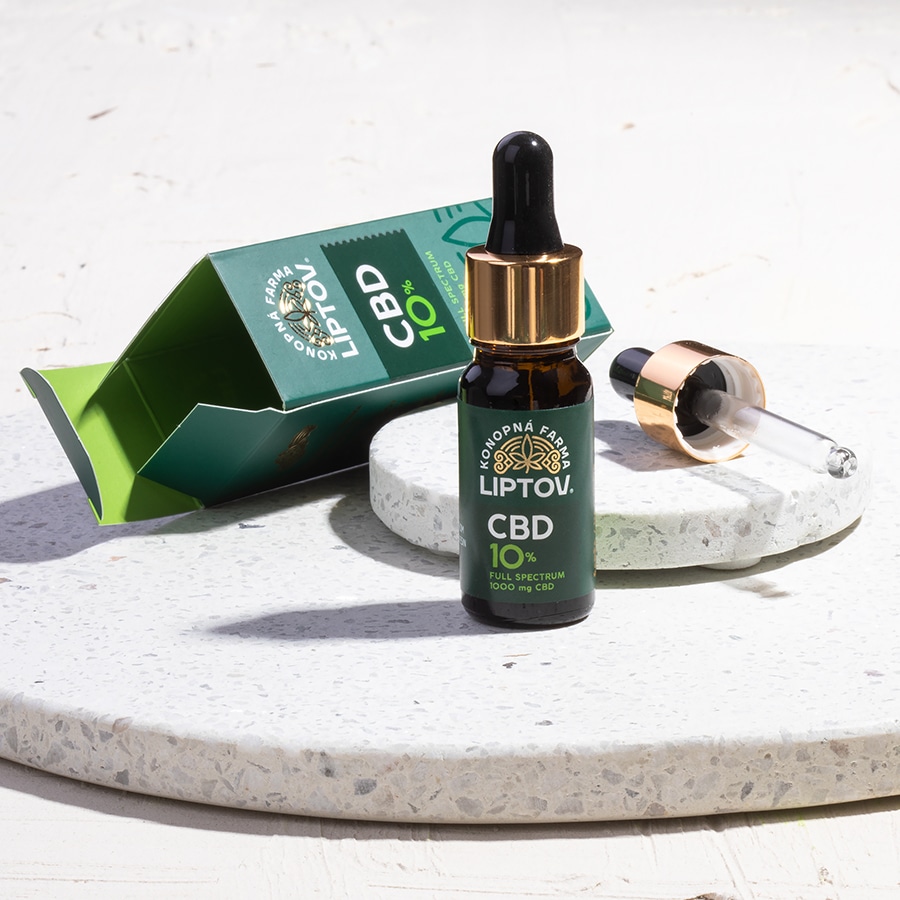
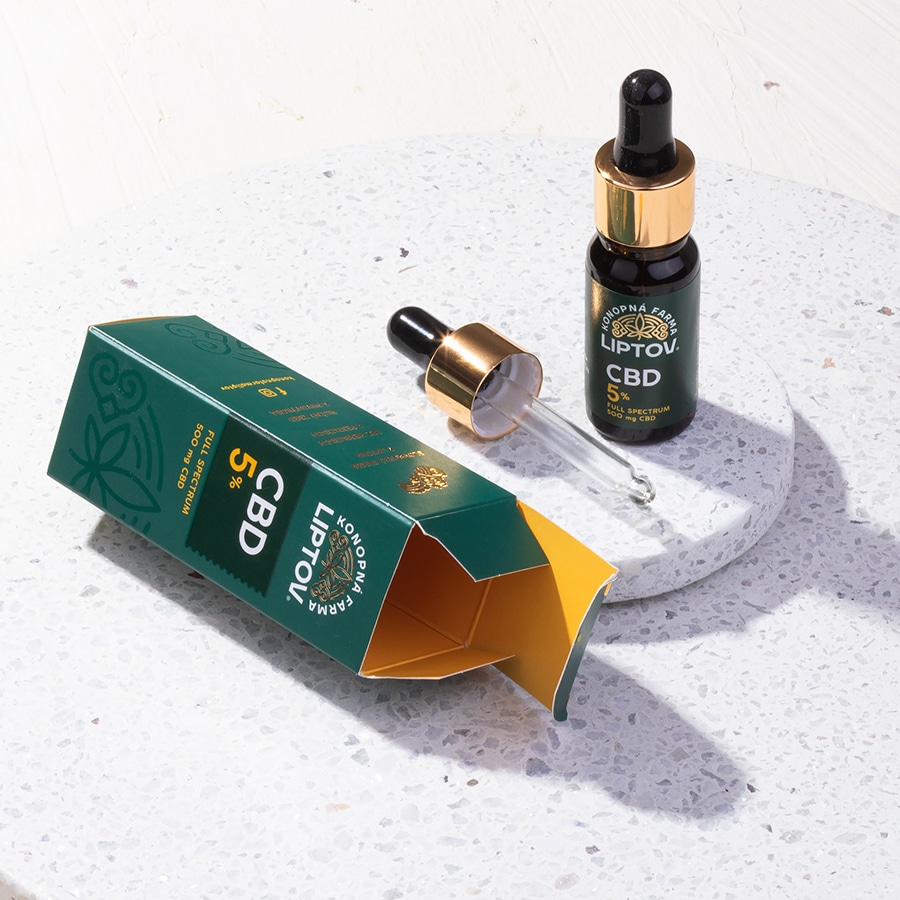
How do you dose CBD?
You are probably also interested in the answer to the question – How to dose cannabidiol?
In this case, it is very difficult to come up with any general answer as it also depends on the exact type of product that CBD contains.
However, the rule of thumb here is that you should take cannabidiol exactly as it is listed in each product’s instructions for use.
We, Hemp Farm Liptov, offer different CBD products that differ in their concentration, i.e. how many mg of CBD they contain in one of our packages, i.e. if it is our CBD oil, then specifically in 10 ml.
Below, we provide you with information on what the recommended daily amount of CBD intake is for some specific health conditions:
- To boost immunity, the daily dose is 2-15 mg of CBD orally.
- For prevention, it is recommended to take 2-15 mg of cannabidiol daily.
- For chronic pain, you should take 5-25 mg of CBD daily for 25 days.
- If you suffer from anxiety or insomnia, you can take 5-15 mg CBD/day.
- If you suffer from depression, it is recommended to take 5-10 mg of cannabidiol daily.
- For epilepsy, a daily dose of 200-300 mg of CBD is recommended for up to 4.5 months.
- Huntington’s disease associated with movement problems – The recommended dose is 10 mg/kg body weight per day for 6 weeks.
- For symptoms of multiple sclerosis 2.5 to 120 mg of cannabidiol.
- For tinnitus, also called tinnitus, 10 to 20 mg of cannabidiol is recommended.
- The recommended dose for schizophrenia is 40 to 100 mg of CBD per day.
A few myths about CBD
A lot of people actually have their own opinion on CBD that they either made up, or heard somewhere, or whatever. And based on those “facts” they have an attitude towards cannabidiol. Someone may have heard that CBD is an addictive drug and so has already doomed all products containing cannabidiol. Others have heard that CBD is a panacea that will cure all sorts of diseases, and so that is not a fact either. To debunk some of the most common myths about CBD products, we’ve compiled 5 of the most common myths you may encounter about cannabidiol.
Myth No. 1 – CBD cures people of serious diseases
I wish that were a fact. But no cures have yet been invented for some deadly and serious diseases that could cure people. So, of course, this property cannot be attributed to cannabidiol itself. Its main function is to strengthen human immunity, and anything that strengthens our body’s immunity causes healing. And although CBD helps in curing diseases or is an excellent complementary medicine to conventional medicine, we can’t talk about a medical miracle that will make us all as healthy as a fiddle until old age.
Myth No. 2 – The effects of CBD are immediate
This is also not true. Just like other medications or nutritional supplements you have to take over a long period of time to see results, the same is true for cannabidiol. Of course, if you take it, you will definitely feel the relaxing effects as soon as the CBD is absorbed into your system, but if you are suffering from any serious illnesses or health problems such as depression or severe pain, you won’t see the results right away after the first, second or even third time you take CBD. In this case, you will have to be a little more patient.
Myth #3 – Taking CBD will make you groggy or make you feel like you’ve taken marijuana
CBD is a non-psychoactive substance, which means that it does not have the ability to induce a high, although it contains a very small and negligible percentage of THC. One of the positive effects of CBD that is often associated with its ability to alleviate anxiety and depression is its interaction with serotonin receptors in the brain. Serotonin plays an important role in regulating mood and our mental health, and although this is an area of intense research, many animal studies suggest that CBD may have a positive effect on reducing stress, likely due to its effect on amplifying serotonin receptors. However, it certainly doesn’t cause any numbing state that makes you feel like you’ve taken marijuana. In this case, it should certainly be said that there is no such thing as marijuana. There are two basic types of cannabis, namely marijuana and industrial hemp. Marijuana contains approximately 1% THC, but industrial hemp contains less than 0.3%. All CBD products that are sold legally must also have a very low THC content (according to the legislation in each country) and this THC content will certainly not make you feel intoxicated.
Myth 4 – CBD is illegal
As mentioned in myth number 3, cannabis is divided into two basic types, marijuana and industrial hemp. And in this context, we have to say that marijuana is illegal in our country because its THC content is much higher than that of industrial hemp. Technical hemp, on the other hand, is legal. You can hardly find anything else on the market other than products made from industrial hemp, which are, of course, legal.
But the truth is that the situation can change a bit if you are going abroad and want to take CBD products with you. The laws don’t apply the same everywhere, so you should also check the CBD legislation before you visit a particular country to avoid any potential problems.
Myth #5 – The higher the dose and the more CBD you take, the faster the results
As with medications or supplements, CBD is about taking too much of it. Although CBD in high doses doesn’t seem to pose any serious dangers, it is not always beneficial. Excessive amounts of CBD can overstimulate the ECS of your receptors. Therefore, if you exceed the recommended dose if it is for a specific type of problem, you run the risk of experiencing side effects. And although we mentioned that side effects aren’t severe with cannabidiol, you certainly don’t want to worry about running to the bathroom, nausea, extreme drowsiness, or decreased or increased appetite. As the saying goes, too much of anything is bad for you, so approach it in moderation.
At the very beginning, it’s best to start with a low CBD strength, such as 5%, and stick to the recommended dose of once a day. Give your body at least a month to adjust and then you can gradually, but most importantly slowly, increase the dose.
Why buy CBD products from Hemp Farm Liptov?
Why should you choose the CBD products we offer when there are so many other companies on the market selling cannabidiol and CBD products at better prices?
The choice is yours, but if you’re focused on quality, we’re in the same boat.
The Liptov Hemp Farm grows hemp seeds that are certified in Europe. In order to ensure the best possible harvest and CBD-containing products, mainly female hemp is grown. We therefore select the females and plant them so that they grow into small plants, ensuring that our harvest is female and therefore of a higher quality than our competitors. We grow without chemical sprays and fertilizers and harvest all flowers and plants by hand.
We also take great pride in getting products to you as quickly as possible, and we provide multiple payment options. And in order to sell you the best products, we regularly test the active ingredients and other cannabinoids in a certified lab.

